Marma therapy, also known as marma chikitsa, is an integral aspect of Ayurveda, a traditional Indian medicine system that originated in India. The term "marma" refers to vital energy points on the body, which are considered access points to the body, mind, and consciousness. Marma meaning encompasses the concept of these sensitive or vulnerable areas that, when stimulated, can promote balance, healing, and overall wellbeing.
In Ayurveda, the human body is viewed as a network of energy channels known as "nadis," through which vital life force or "prana" flows. The intersection points of these nadis, where prana is most concentrated, are the marma points. There are a total of 107 marma points distributed throughout the body, each associated with specific organs, tissues, and bodily functions. This concept is similar to the chakra pressure points in other energy healing practices.
Marma therapy serves multiple purposes within the Ayurvedic system. It is used for both preventive and therapeutic purposes, aiming to maintain the balance of the three doshas (Vata, Pitta, and Kapha) and clear any blockages in the energy flow. By addressing imbalances at the energetic level, marma point massage contributes to the overall harmony of the body, mind, and spirit.
During an ayurvedic marma massage session, a trained practitioner applies gentle stimulation to specific marma points. The practitioner may use their hands, fingers, or special tools to activate these vital points, channeling healing energy and promoting the flow of prana. The choice of technique and the marma points of Ayurveda selected depend on the individual's constitution (Prakriti) and the specific health concerns (Vikriti). This approach is somewhat similar to acupuncture or acupressure, though it is unique to the Ayurvedic tradition.
Marma therapy is known for its diverse therapeutic applications. It is often used to alleviate physical discomfort, such as muscular tension, joint pain, or headaches. By addressing energetic imbalances, this healing practice can also have a positive impact on emotional wellbeing, promoting relaxation and reducing stress. Some practitioners even specialize in marma point scalp massage or focus on face marma points for specific benefits.
One of the key principles of marma treatment is its role in enhancing the body's self-healing mechanisms. By stimulating specific marma points, the therapy encourages the release of natural healing factors within the body. This makes marma therapy a valuable complement to other Ayurvedic treatments, such as Panchakarma, supporting the body's innate ability to restore balance.
The therapeutic effects of marma therapy extend beyond the physical body to impact the subtle energy fields. It is believed to influence the flow of "prana vayu," the life force energy responsible for various physiological and psychological functions. Through ayurvedic massage therapy, practitioners aim to balance and harmonize these energy currents, similar to how chakra massage points are used in other energy healing modalities.
In addition to its role in addressing existing health concerns, marma therapy is also utilized for preventive care. Regular sessions can help maintain overall balance and prevent the accumulation of imbalances that may lead to disease over time. By promoting the free flow of prana, marma therapy supports the body's natural resilience and resistance to imbalances.
It's essential to note that marma therapy should be performed by trained and experienced practitioners to ensure safety and effectiveness. The practitioner's knowledge of the specific marma points chart and their application is crucial for a successful therapy session. This expertise is rooted in ancient texts such as the Sushruta Samhita, as well as the teachings of renowned Ayurvedic physicians like Charaka and Vagbhata.
Marma therapy's holistic approach aligns with other traditional touch therapy practices, but its unique focus on the marmas sets it apart. The marma definition in Ayurveda describes these points as junctions of consciousness, making them powerful tools for healing on multiple levels. Some practitioners even integrate marma therapy with other modalities like Kalari, a martial art form that also recognizes the importance of vital points in the body.
In conclusion, marma therapy stands as a unique and valuable component of Ayurveda, offering a holistic approach to health and wellbeing by addressing the energetic foundations of the body. Through the skillful manipulation of marma points, this ancient healing practice contributes to the restoration and maintenance of balance, promoting optimal health on physical, mental, and spiritual levels. As interest in traditional and complementary therapies grows, marma therapy continues to gain recognition as a powerful tool for those seeking natural, holistic approaches to health and wellness.



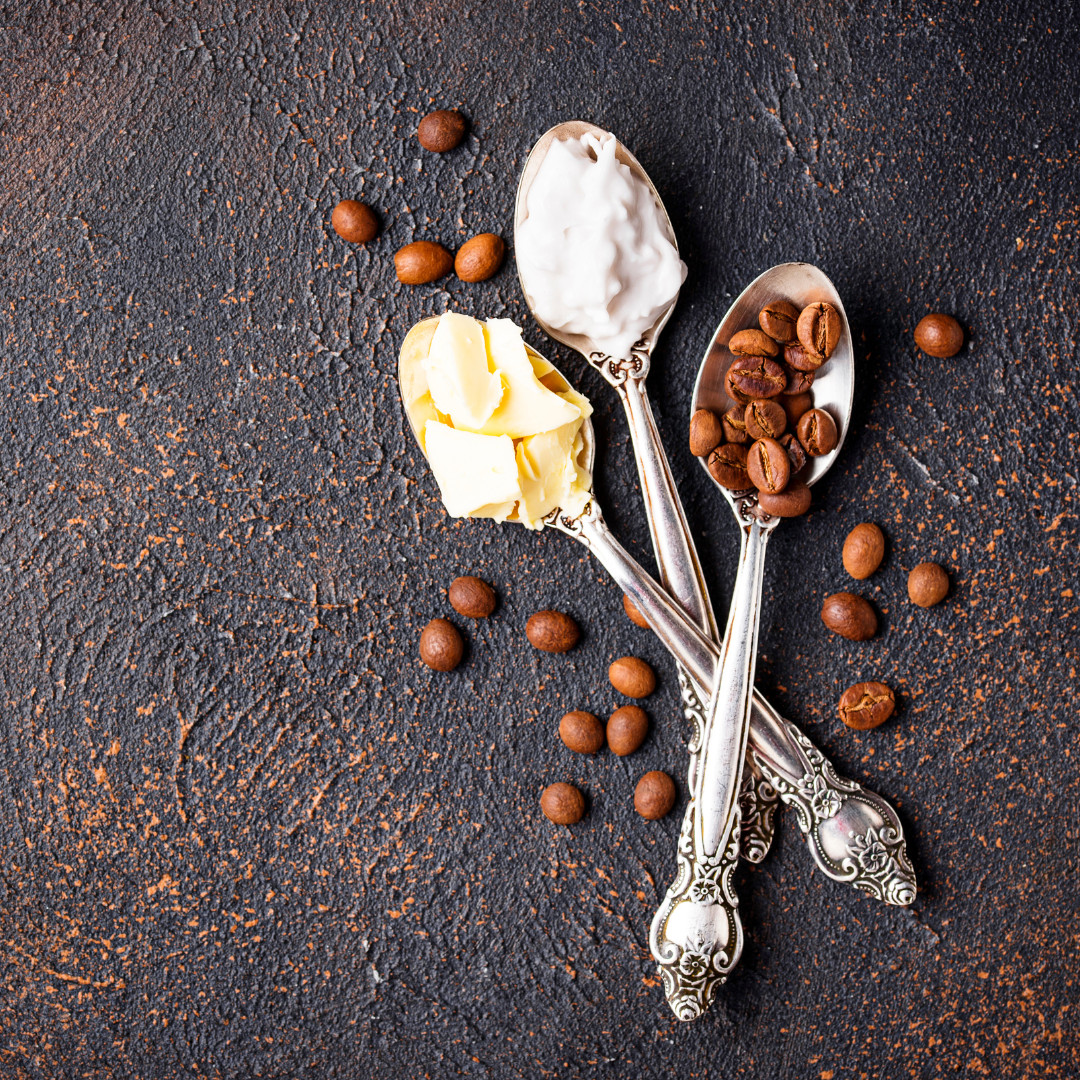
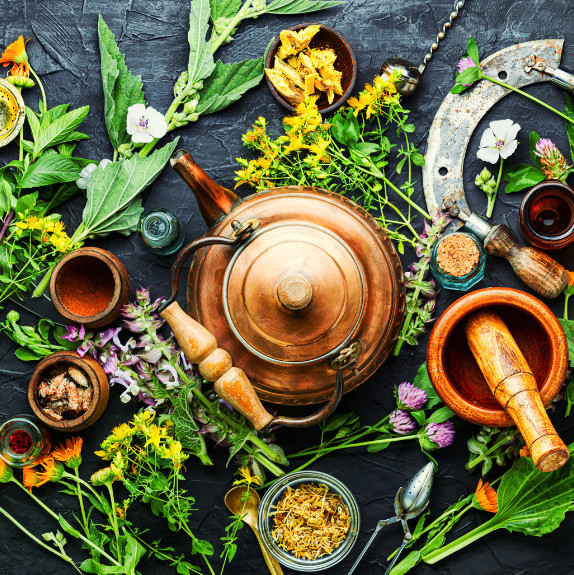

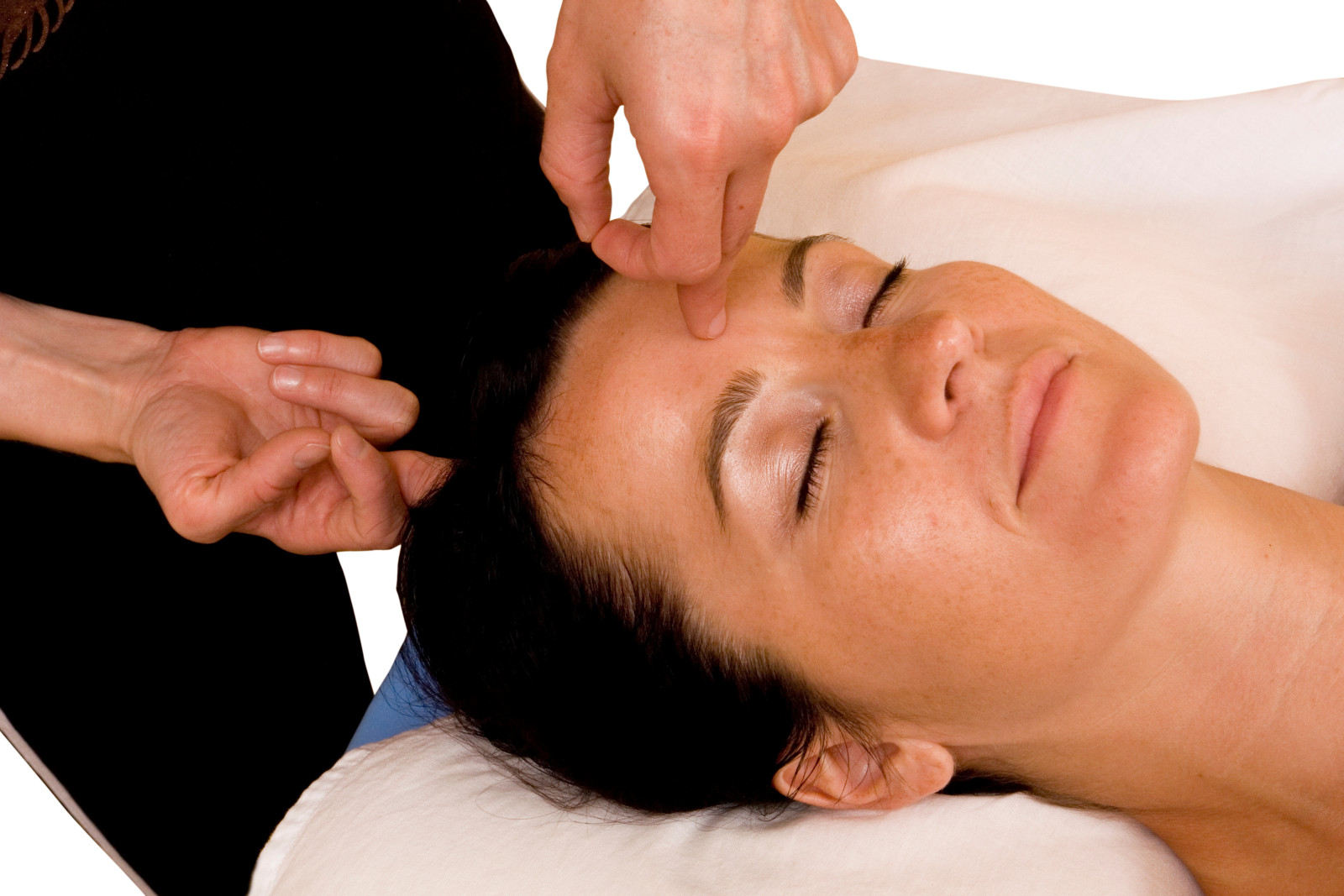
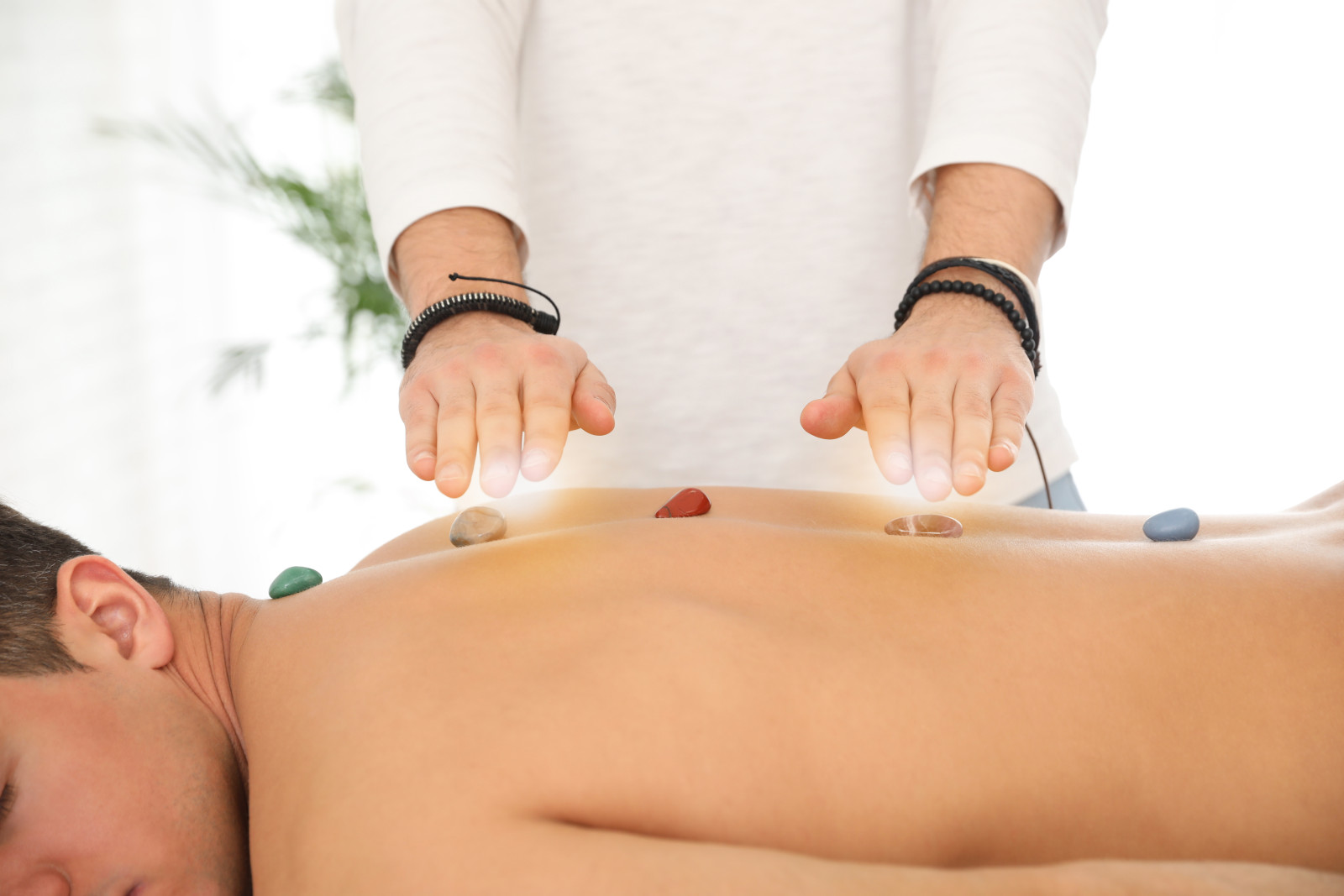
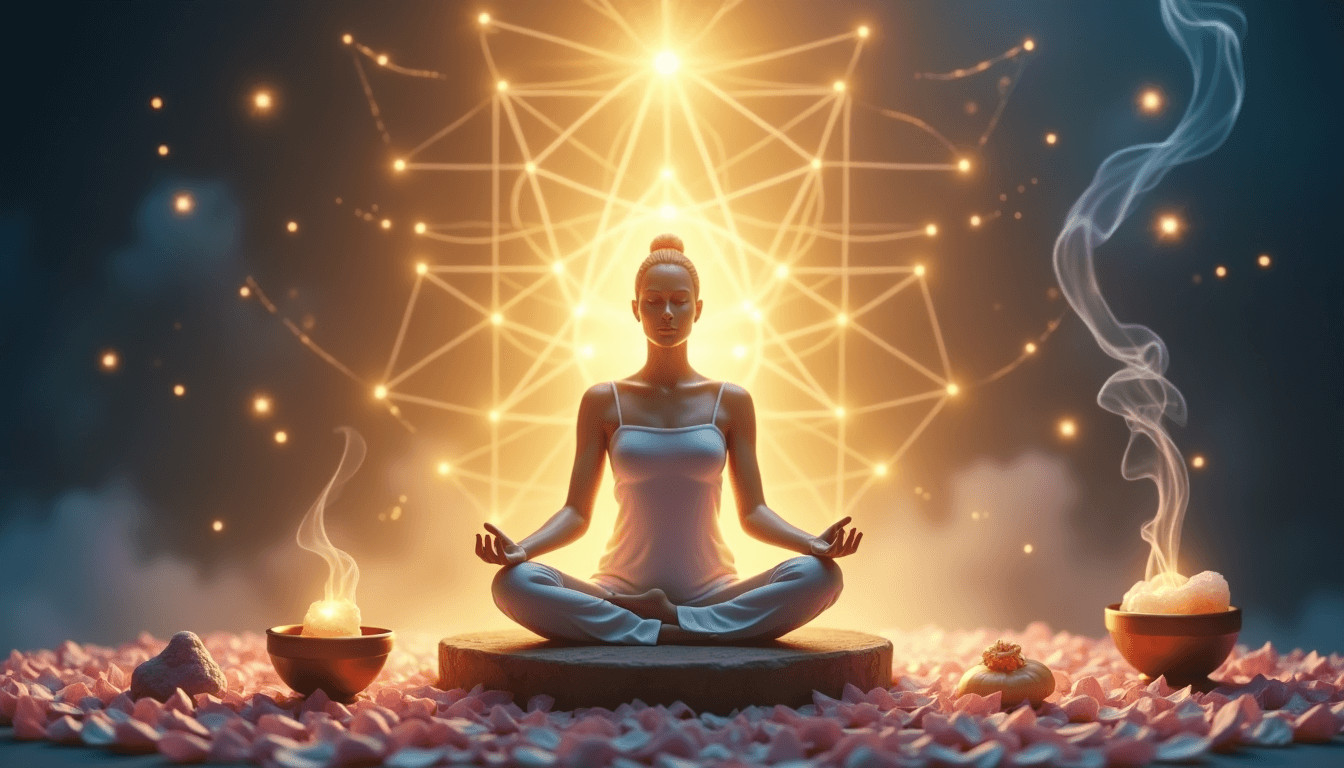

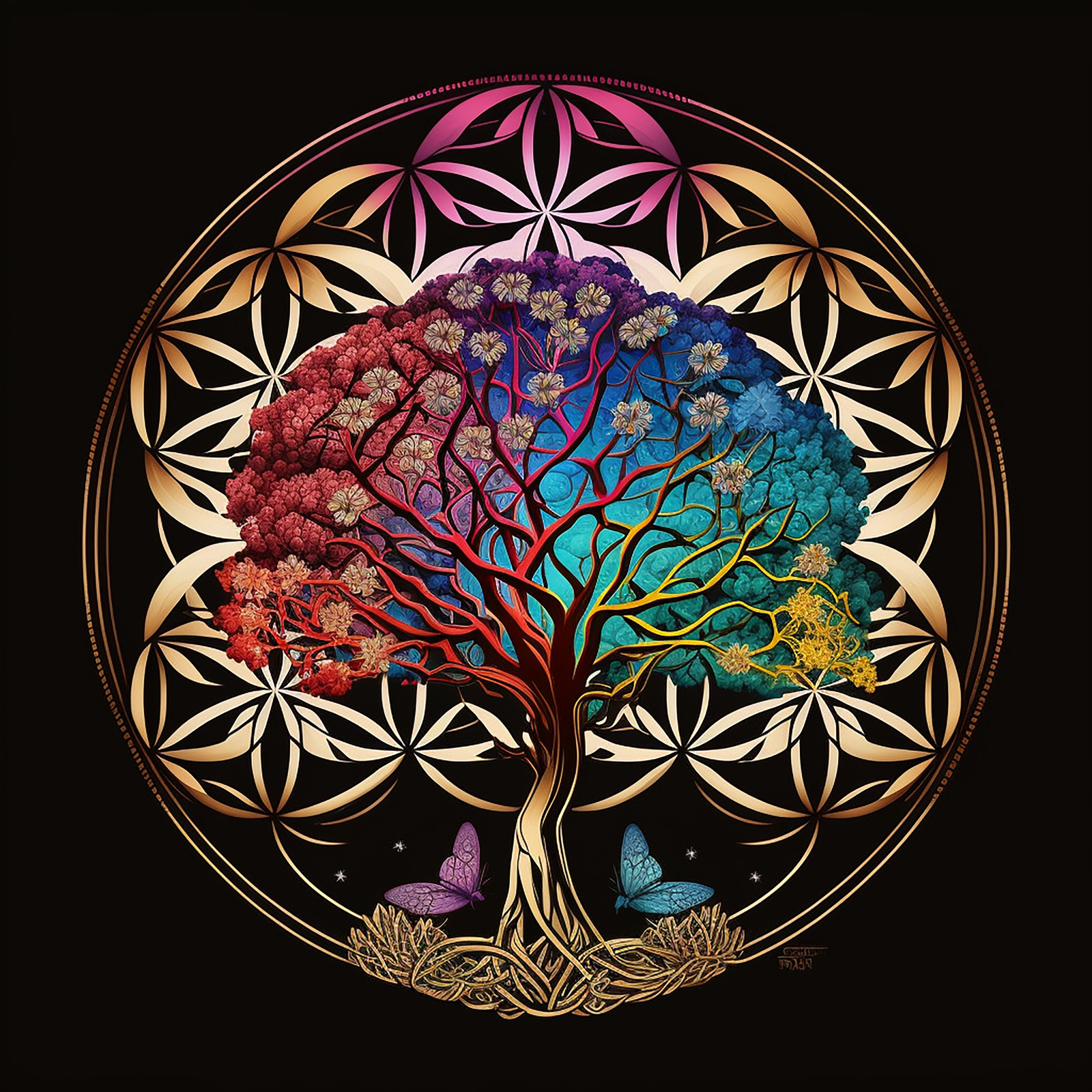






0 Comments